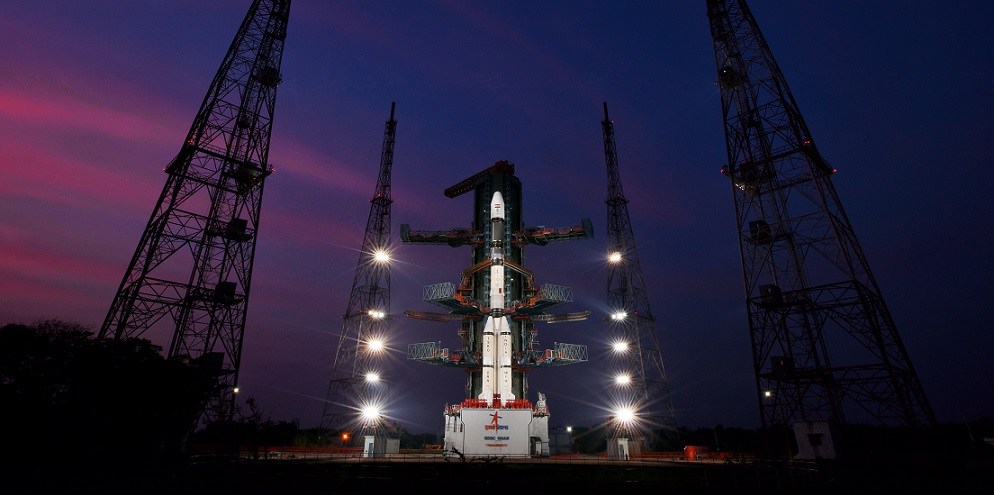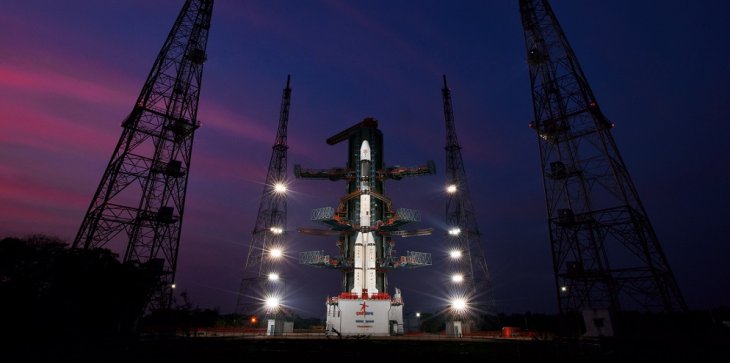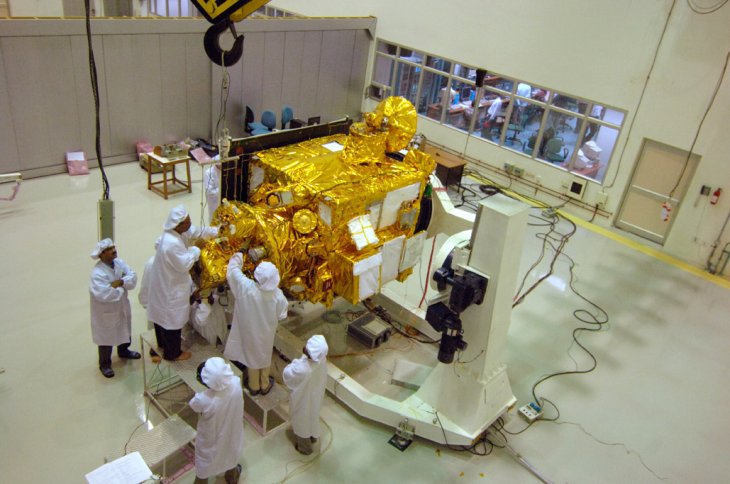India To Launch 30 Satellites Into 3 Different Orbits
Viswamitra Jayavant - Mar 11, 2019

The probe is the successor to Chandrayaan-1, India’s first moon probe which orbited the Moon through 2008 until 2009.
- India Will Use Satellites To Protect Its Land And Sea
- SpaceX Launches 143 Satellites In A Single Flight, Setting New World Record
- Tamil Nadu Engineering Student Designs The World’s Lightest Satellite
Since the historical Apollo mission, interests in space and satellites had never been higher. The space race is ramping up and India is proving to the world that it’s not going to fall behind on this one. After all, it is one of the countries in the world capable of launching their own satellites. And with the success of Chandrayaan-1 and Indian’s Mars mission, they had proven why they’re one of the key players in the race.

Indian's Polar Satellite Launch Vehicle (PSLV).
Triple Orbit Launch
The country is out to set another milestone in history by attempting its first 3-orbit mission with PSLV-C45. The launch is slated for a launch date of March 21, 2019. It will put 30 different satellites into 3 different orbit specifications. Out of the 30 payloads on-board, one is exclusively built for the military purpose being electronic intelligence.
The Chairman of the country’s space agency - ISRO (Indian Space Research Organisation) - K. Sivan revealed details about the mission in an interview.

New Moon Mission
Aside from this mission, Mr Sivan also told the news that Chandrayaan-2 will launch in April of this year. The probe is the successor to Chandrayaan-1, India’s first moon probe which orbited the Moon through 2008 until 2009.

Chandrayaan-1 before launch
ISRO has good reasons to hype up this mission. A 3-orbit mission is extremely complicated and requires careful planning beforehand. They will have to take into account down to the milligrams the weight of the payloads and the fuel on-board. The computer will also have to be programmed to fire the rocket’s engines precisely to achieve optimum orbit. If ISRO succeeded, it would certainly be a technological milestone in the organisation’s timeline, as well as the country’s history.
Featured Stories

Features - Jul 01, 2025
What Are The Fastest Passenger Vehicles Ever Created?

Features - Jun 25, 2025
Japan Hydrogen Breakthrough: Scientists Crack the Clean Energy Code with...

ICT News - Jun 25, 2025
AI Intimidation Tactics: CEOs Turn Flawed Technology Into Employee Fear Machine

Review - Jun 25, 2025
Windows 11 Problems: Is Microsoft's "Best" OS Actually Getting Worse?

Features - Jun 22, 2025
Telegram Founder Pavel Durov Plans to Split $14 Billion Fortune Among 106 Children

ICT News - Jun 22, 2025
Neuralink Telepathy Chip Enables Quadriplegic Rob Greiner to Control Games with...

Features - Jun 21, 2025
This Over $100 Bottle Has Nothing But Fresh Air Inside

Features - Jun 18, 2025
Best Mobile VPN Apps for Gaming 2025: Complete Guide

Features - Jun 18, 2025
A Math Formula Tells Us How Long Everything Will Live

Features - Jun 16, 2025
Comments
Sort by Newest | Popular